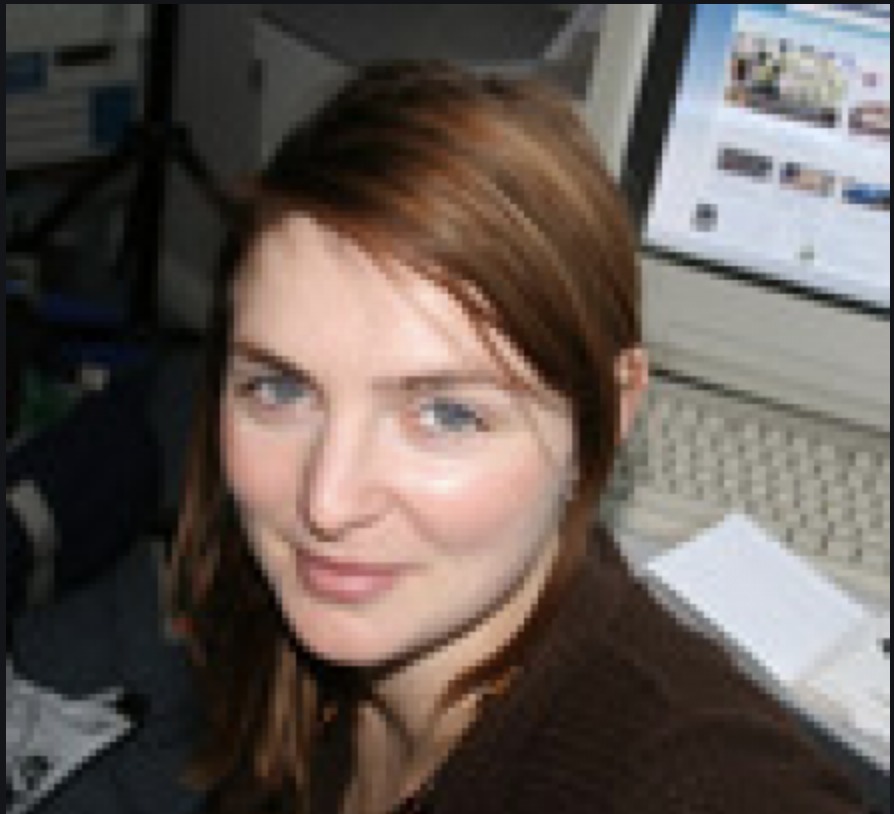DOUALA, Cameroon (15 March, 2012)_A new CIFOR project in the Congo Basin is hoping to bolster scientific evidence that proves sustainable timber production in forests logged by private companies and local communities could increase carbon stocks needed to reduce greenhouse gas emissions that contribute to global warming.
“It is well known that sustainable timber production in forest concession areas has helped limit deforestation, particularly in Central Africa. However, whether it can increase overall carbon stocks and contribute to the reduction of greenhouse gas emissions has not yet been well understood,” said Richard Eba’a Atyi, Regional Coordinator of CIFOR’s Central Africa Office and head of the FORAFAMA project.
“By monitoring the carbon stocks in different areas, we hope that this research will reveal the most effective sustainable management practices that could be used to improve existing projects that reduce emissions from deforestation and degradation, such as REDD,” he added.
The Congo Basin Forest, the second largest tract of rainforest in the world, is under increasing threat from deforestation caused by the boom in trade for timber and non-timber forest products. Over 40% of its 200 million hectares are allocated for commercial timber production, yet only 4.5 million hectares are regulated under international forest certification schemes.
Without strict regulations to protect the 25-30 million tonnes of carbon locked in its forests, those countries signed up to REDD+ –a mechanism that places a monetary value on the carbon stored in trees– could lose their share in the USD$1.25 trillion expected from compensation payments.
The three year FORAFAMA project, in collaboration with the French Development Agency (AFD) and the French Global Environment Facility (FFEM), will analyse the impacts of sustainable timber production in forest concession areas and compare them to other types of land management; such as protected areas, community forests, livestock production, and unmanaged exploited forest.
By examining which areas are the most successful in conserving carbon stocks, the study hopes to gain a wider understanding of the most effective timber production practices, and whether the standards set by forest certification schemes could be compatible with REDD+ standards and safeguards.
“Not only could the research help improve the design and management of REDD+ pilot programmes, it could help ease conflict between all actors involved in sustainable timber production; from large investors to small scale producers, by ensuring that everyone has a voice in REDD and that everyone benefits from the compensation for increased carbon stocks,” Eba’a Atyi said.
However, the study is not without its challenges. Despite a recent commitment by all ten Central African countries to push forward with REDD+ at the recent COP17 summit in Durban, only two countries, Cameroon and the Democratic Republic of the Congo have developed REDD+ pilot projects.
At a recent conference in Cameroon to highlight the FORAFAMA project, many participants voiced concerns that it may be too early to integrate sustainable timber forest management practices with REDD+, especially as “international standards had not been set, and REDD+ is still a national, voluntary project”, said Alain Karsenty of the French research organisation CIRAD.
Learning lessons from other countries facing similar challenges could provide insights into how best to combine forest management practices and conserve biodiversity. FORMAFAMA is currently working with partners in the Amazon to learn from timber production technologies and practices that could be used in the Congo Basin. Despite the different drivers of deforestation and the different socio- economic backgrounds of the two regions, “the ecosystems are still comparable”, said Eba’a Atyi.
Denis Sonwa, a CIFOR Scientist, who presented an evaluation of existing knowledge about the links between carbon stocks and sustainably managed forest concessions, acknowledged that the project was still in the embryonic stage and that REDD has not yet been formalised, but he stressed that “we still have to move forward and gather information.”
“We have until 2013 to obtain the results,” said Eba’a Atyi. “We need more data from the field and better scientific research to really influence REDD+ negotiations, but the door is opening for logging companies engaged in sustainable forest management to work with REDD+ stakeholders.”
With additional reporting by Susan Linnee.
We want you to share Forests News content, which is licensed under Creative Commons Attribution-NonCommercial-ShareAlike 4.0 International (CC BY-NC-SA 4.0). This means you are free to redistribute our material for non-commercial purposes. All we ask is that you give Forests News appropriate credit and link to the original Forests News content, indicate if changes were made, and distribute your contributions under the same Creative Commons license. You must notify Forests News if you repost, reprint or reuse our materials by contacting forestsnews@cifor-icraf.org.





